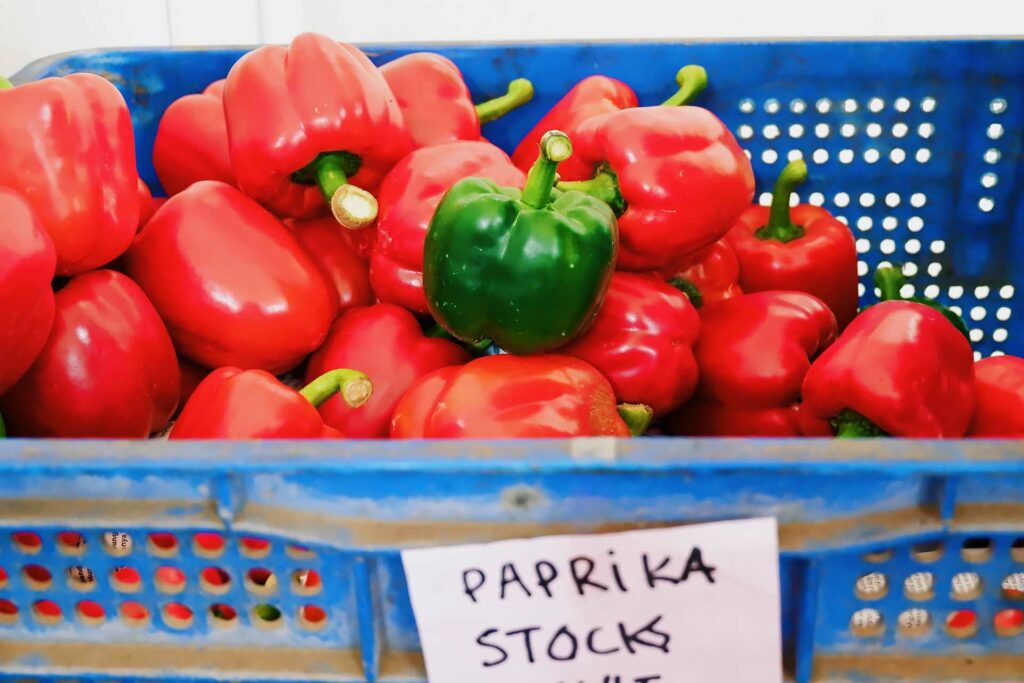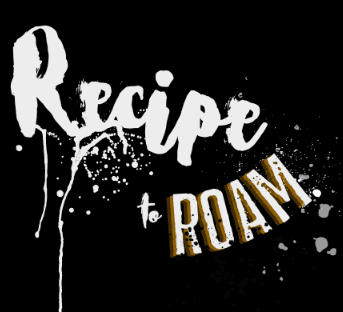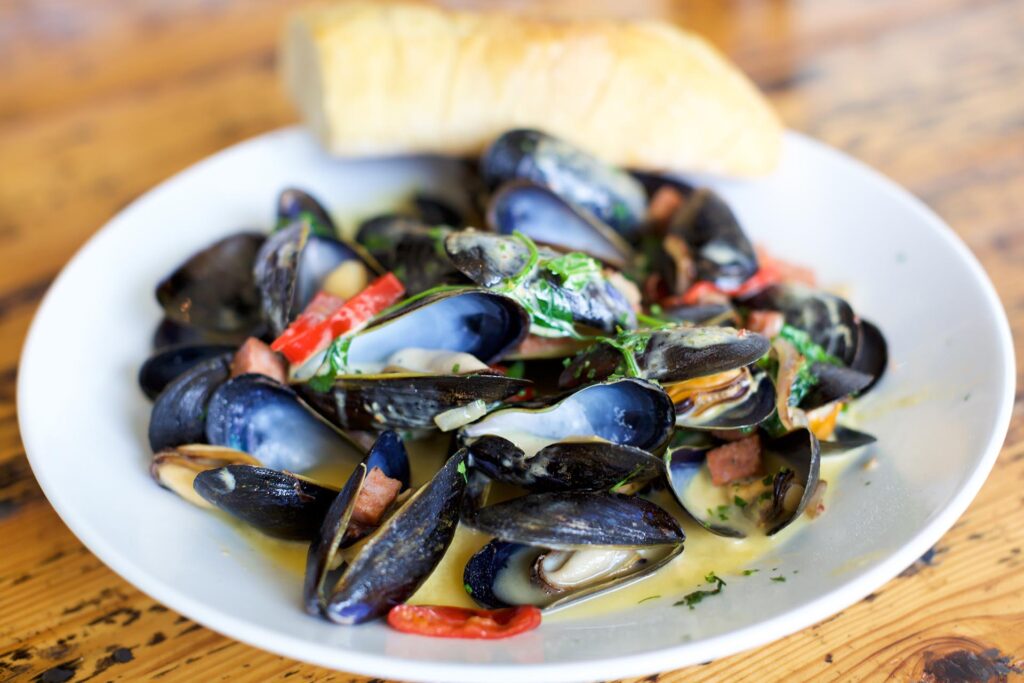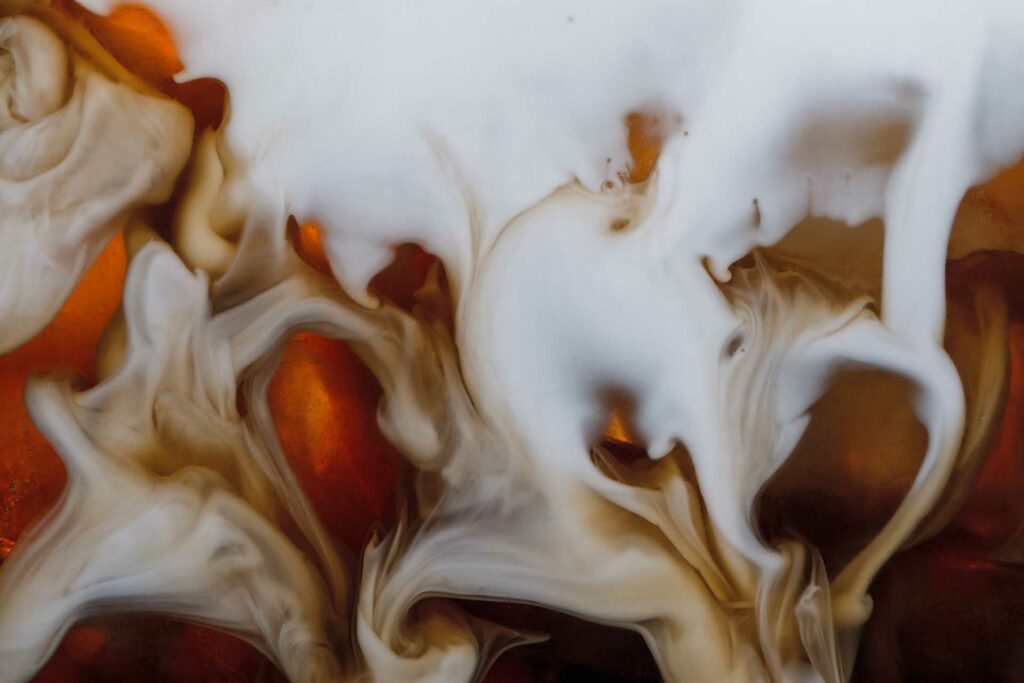Paprika is a spice derived from ground dried peppers, primarily from the Capsicum annuum family. It originated in Central America and was introduced to Europe by Christopher Columbus upon his return from the New World. The name “paprika” itself is derived from the Hungarian word for pepper.
Paprika comes in various forms, including sweet, smoked, and hot. Sweet paprika is the most common variety, offering a mild and slightly sweet flavor. Smoked paprika, also known as pimentón, is made from peppers that are dried over smoke, resulting in a rich, smoky taste. Hot paprika, on the other hand, offers a fiery heat and intense spiciness.
Culinary Uses of Paprika
Paprika is a versatile spice that finds its way into a wide range of culinary creations. Its vibrant color not only enhances the visual appeal of dishes, but it also adds complexity to their flavor profiles. Here are some common uses of paprika in different cuisines:
- Hungarian Cuisine: Paprika is a staple in Hungarian cooking, featuring prominently in dishes like goulash, paprikash, and stuffed peppers. Hungarian paprika, known for its exceptional quality and flavor, is often used to impart a distinctive taste to these traditional dishes.
- Spanish Cuisine: Smoked paprika, or pimentón, is a key ingredient in many Spanish recipes. It is a fundamental spice in dishes like chorizo, paella, and various stews, adding a smoky depth that is characteristic of the cuisine.
- Mediterranean Cuisine: Paprika is widely used in Mediterranean cooking, adding a touch of warmth and complexity to dishes. It is commonly found in dips, marinades, roasted vegetables, and grilled meats.
- American Cuisine: Paprika plays a role in American cuisine as well, particularly in dishes like deviled eggs, barbecue rubs, and spice blends. It adds both color and flavor to these beloved classics.
- Global Cuisines: Paprika has also made its way into various international cuisines, such as Indian, Moroccan, and Mexican. It is used to add depth to curries, tagines, and salsas, respectively.
Paprika’s versatility and ability to elevate flavors make it a valuable spice in many kitchens. However, there are times when finding a suitable paprika substitute becomes necessary. Whether you’re looking for alternatives due to dietary restrictions, allergies, or simply running out of paprika, the following sections will explore a range of substitutes that can help you maintain the essence and flavor balance in your dishes.
Why Would You Need a Paprika Substitute?
While paprika is a beloved spice in many kitchens, there are several reasons why you might find yourself in need of a paprika substitute. Understanding these reasons will help you identify situations where a substitute could be beneficial and explore alternatives that can meet your specific needs.
Dietary Restrictions and Allergies
One common reason for seeking a paprika substitute is dietary restrictions or allergies. Some individuals may have sensitivities or allergies to peppers, making paprika off-limits in their diets. In such cases, finding a suitable substitute becomes essential to ensure they can still enjoy flavorful dishes without compromising their health.
Availability and Convenience
Another situation where a paprika substitute may be necessary is when you find yourself without paprika in your pantry. Perhaps you’ve run out, or you’re in a location where paprika is not readily available. It’s during these moments that having knowledge of suitable substitutes can save the day and allow you to continue cooking without interruption.
Flavor Preference and Experimentation
While paprika offers a unique flavor profile, some individuals may have personal preferences that lead them to explore alternatives. Discovering substitute options allows for experimentation and customization of flavors to suit individual tastes. Whether you’re looking to add a different smoky note, a touch of sweetness, or an extra kick of heat, exploring paprika substitutes can offer exciting opportunities to elevate your dishes.
Culinary Creativity and Variation
For those who love to experiment in the kitchen, using a paprika substitute can be an opportunity for culinary creativity and variation. Trying out different substitutes can introduce new flavor dimensions and transform familiar recipes into unique creations. It allows you to add your own personal touch and explore the diverse world of spices and herbs.
Budget-Friendly Options
Occasionally, the cost of paprika may be a limiting factor, particularly if you’re cooking in large quantities or on a tight budget. In such cases, seeking out cost-effective substitutes can help you achieve similar flavor profiles without breaking the bank. By exploring alternative spices and ingredients, you can still create delicious meals while keeping your expenses in check.
Understanding Flavor Profiles and Substitution Principles
To successfully substitute paprika, it’s important to understand the flavor profiles of both paprika itself and the potential substitutes. Each substitute offers its own unique characteristics, and by considering these profiles, you can choose the most suitable alternative that will complement your dishes.
Flavor Profile of Paprika
Paprika, with its distinct taste, aroma, and heat level, contributes significantly to the flavor of a wide range of dishes. It offers a delicate sweetness, a subtle smokiness (in the case of smoked paprika), and varying degrees of heat (in hot paprika). The flavor of paprika can range from mild and slightly sweet to intense and spicy, depending on the variety used.
The sweetness in paprika is derived from the natural sugars present in the peppers. It provides a pleasant balance to the smoky and sometimes fiery notes, making it a versatile spice in many recipes. The smokiness in smoked paprika adds depth and complexity, reminiscent of the flavors achieved through the traditional smoking process. The level of heat in hot paprika can range from mild to intense, depending on the specific type and the peppers used.
Principles of Substitution
When substituting paprika, it’s crucial to consider several factors to ensure that the substitute maintains the desired flavor balance and essence in your dishes. Here are some essential principles to keep in mind:
- Flavor Compatibility: Choose a substitute that complements the overall flavor profile of your recipe. Consider the specific notes of sweetness, smokiness, and heat that paprika imparts, and select a substitute that aligns with those characteristics.
- Intensity and Heat Level: Consider the heat level of the substitute and adjust it to match your preference. Paprika comes in varying degrees of heat, so be mindful of the level of spiciness you desire in your dishes when selecting a substitute.
- Quantity Adjustments: Since different substitutes may have varying intensities, it’s important to adjust the quantity accordingly. Start with a smaller amount and gradually increase until you achieve the desired flavor profile.
- Complementary Spices and Herbs: Enhance the substitute’s flavor by combining it with complementary spices and herbs. This can help replicate the complexity and depth that paprika brings to a dish.
Paprika Substitutes: Spices and Herbs

When seeking a paprika substitute, spices and herbs offer a wide range of options with unique flavor profiles that can add depth and complexity to your dishes. Whether you’re looking for a smoky alternative, a touch of sweetness, or a spicy kick, exploring spice and herb substitutes can open up a world of culinary possibilities. Let’s dive into some popular choices:
Smoked Paprika Alternatives
If you’re in search of a substitute for the rich smokiness of paprika, there are several options to consider:
- Chipotle Powder: Made from smoked and dried jalapeño peppers, chipotle powder offers a smoky flavor with a moderate level of heat. It adds a distinct smokiness to dishes and works well in soups, stews, and barbecue rubs.
- Spanish Smoked Paprika Variations (Pimentón de la Vera): Pimentón de la Vera is a Spanish smoked paprika known for its exceptional quality and flavor. It comes in different intensity levels, ranging from sweet (dulce) to medium-hot (agridulce) and hot (picante), allowing you to choose the level of heat that suits your taste preferences.
- Other Smoked Spices: Beyond paprika, there are various other smoked spices that can add a smoky element to your dishes. Smoked salt, for example, can provide a subtle smokiness while enhancing the overall flavor. Additionally, there are smoked paprika blends available that incorporate other spices, such as garlic and onion, for a more complex flavor profile.
Sweet Paprika Alternatives
If you’re looking for a substitute for the mild sweetness of paprika, consider the following options:
- Chili Powder: Chili powder is a versatile spice blend that typically includes chili peppers, cumin, garlic powder, and other herbs and spices. While it may have a slightly different flavor profile than paprika, it can add a touch of heat and complexity to your dishes.
- Ground Red Pepper or Cayenne Pepper: These substitutes can provide a similar level of heat to paprika, with ground red pepper being milder and cayenne pepper offering a spicier kick. Adjust the quantities based on your desired level of spiciness.
- Ancho Chili Powder: Made from dried poblano peppers, ancho chili powder offers a mild and slightly fruity flavor. It can be a suitable substitute, especially in Mexican and Southwestern cuisines, where it is commonly used.
Hot Paprika Alternatives
For those who enjoy the heat and spiciness of paprika, there are substitutes available that can bring the fire to your dishes:
- Cayenne Pepper: Cayenne pepper is known for its intense heat and can be used as a substitute for hot paprika. Use it sparingly and adjust quantities based on your desired level of spiciness.
- Crushed Red Pepper Flakes: These flakes, made from dried and crushed red chili peppers, provide both heat and texture to your dishes. They are commonly used in pizza toppings and can add a bold kick to various recipes.
- Korean Chili Powder (Gochugaru): Gochugaru offers a unique heat and flavor profile commonly used in Korean cuisine. It has a slightly fruity and smoky taste and can be a delightful substitute for those seeking a different kind of spiciness.
Experimenting with these spice and herb alternatives will allow you to find the perfect substitute that suits your taste preferences and culinary needs. In the next section, we will explore non-spice alternatives like paprika paste, oil, and extracts, offering even more options to enhance the flavors in your dishes.
Paprika Substitutes: Non-Spice Options
In addition to spice and herb alternatives, there are non-spice options that can serve as substitutes for paprika. These alternatives offer unique flavors and textures that can add depth and complexity to your dishes. Let’s explore some of these non-spice options:
Paprika Paste
Paprika paste is a concentrated form of paprika that can be used as a substitute for both flavor and color. It is made by blending ground paprika with other ingredients such as oil, vinegar, and sometimes tomato paste. Homemade paprika paste can be easily prepared by combining paprika with a bit of oil to create a thick, flavorful paste. This substitute can be added to recipes in a similar manner to how you would use paprika powder, providing a concentrated burst of flavor.
Alternatively, if you do not have paprika paste on hand or prefer a store-bought option, you can also consider using sun-dried tomato paste. Sun-dried tomato paste offers a rich, tangy flavor that can mimic some of the characteristics of paprika paste. It provides a vibrant color and a delicious umami taste, making it a suitable substitute in many recipes.
Paprika Oil
Another non-spice alternative to paprika is paprika oil. This flavorful oil is infused with the essence of paprika, delivering a concentrated burst of taste when used in cooking. To make paprika oil, simply combine paprika powder with a neutral oil, such as vegetable or olive oil, and let it infuse for a period of time. The oil will absorb the flavors and color of the paprika, creating a versatile substitute that can be used in various recipes.
If you don’t have paprika oil on hand, you can explore other oil alternatives that can add similar flavor profiles to your dishes. Chili oil, for instance, is an excellent substitute that brings a spicy kick to your recipes. Smoked oil, such as smoked olive oil or smoked sesame oil, can also provide a smoky element that can mimic the flavor of smoked paprika.
Paprika Extract
For a concentrated burst of paprika flavor, paprika extract can be used as a substitute. Paprika extract is derived from paprika powder and offers a potent flavor that can be added sparingly to recipes. If you are unable to find paprika extract, you can consider using extracts derived from other spices, such as cayenne extract. These extracts can provide a similar level of heat and flavor intensity, allowing you to maintain the desired taste in your dishes. Additionally, extracts like sumac or saffron can offer unique flavors that can complement and enhance your recipes.
Cooking Tips and Recipes Using Paprika Substitutes
Now that we have explored a wide range of paprika substitutes, it’s time to delve into some practical cooking tips and mouthwatering recipes that incorporate these alternatives. Whether you’re using spice and herb substitutes or non-spice options like paprika paste, oil, or extracts, these tips and recipes will help you make the most of your chosen substitute and create delicious dishes. Let’s get started!
Cooking Tips for Using Substitutes
- Start with Small Quantities: When using a paprika substitute for the first time, it’s best to start with a smaller quantity and gradually increase as needed. This will allow you to adjust the flavor and heat level to your liking without overpowering your dish.
- Adjust Heat Levels: If you’re substituting for hot paprika and prefer milder heat, consider using less of the substitute or combining it with a milder spice. On the other hand, if you’re looking for a spicier kick, gradually increase the amount of the substitute until you achieve the desired heat level.
- Experiment with Complementary Spices and Herbs: To enhance the flavor of your substitute, consider pairing it with complementary spices and herbs. For example, if you’re using chipotle powder as a substitute, try combining it with cumin, garlic powder, or oregano to create a well-rounded flavor profile.
- Consider the Color Impact: Paprika is known for its vibrant red color, which adds visual appeal to dishes. When using a substitute, keep in mind that it may not provide the same vibrant hue. If color is important to your recipe, consider adding a small amount of paprika extract or sun-dried tomato paste to maintain the visual impact.
Recipes Utilizing Paprika Substitutes
- Smoky Chipotle Chicken Tacos: Marinate chicken thighs in a mixture of chipotle powder, garlic, lime juice, and olive oil. Grill the chicken until cooked through and serve in warm tortillas with your favorite taco toppings.
- Sweet and Spicy Stir-Fried Vegetables: Sauté a medley of vegetables like bell peppers, zucchini, and onions in a pan. Season with a blend of chili powder, ground red pepper, and a touch of brown sugar for a balance of sweetness and heat.
- Ancho Chili Beef Stew: Brown beef chunks in a Dutch oven, then add diced onions, garlic, and diced tomatoes. Season with ancho chili powder, cumin, oregano, and a touch of cocoa powder. Simmer until the beef is tender and the flavors meld together.
- Spicy Roasted Cauliflower: Toss cauliflower florets with a mixture of cayenne pepper, garlic powder, and olive oil. Roast in the oven until golden and crispy. Serve as a flavorful side dish or as a tasty addition to grain bowls.
- Smoked Paprika Pasta Sauce: Sauté onions and garlic in olive oil until softened. Add a can of crushed tomatoes, smoked paprika paste, and a sprinkle of dried basil. Simmer until the flavors meld together, then toss with cooked pasta for a smoky and savory dish.
These recipes are just a starting point, and the possibilities are endless when it comes to incorporating paprika substitutes into your cooking. Feel free to customize, experiment, and add your own twist to these recipes to suit your taste preferences.
Paprika Substitutes in Different Cuisines
Paprika is widely used in various cuisines around the world, and its substitutes can seamlessly blend into these culinary traditions, adding unique flavors and enhancing the overall taste of dishes. In this section, we will explore how paprika substitutes can be incorporated into specific cuisines, providing recommendations and ideas to elevate your cooking adventures.
Mediterranean Cuisine
In Mediterranean cuisine, paprika is often used to add warmth and depth to dishes. When substituting paprika in Mediterranean recipes, consider using chili powder or ground red pepper to maintain the desired heat and spice. These substitutes will infuse your dishes with a similar level of complexity and can be used in dishes like hummus, grilled vegetables, and roasted meats.
Mexican Cuisine
Mexican cuisine is known for its vibrant and bold flavors, with paprika commonly used in various dishes. When seeking a substitute for paprika in Mexican recipes, ancho chili powder is an excellent choice. With its mild and fruity flavor, ancho chili powder can bring the authentic taste to dishes like enchiladas, salsas, and mole sauces.
Indian Cuisine
In Indian cuisine, paprika is not a traditional spice, but its substitutes can still be used to enhance the flavors of certain dishes. When looking for a substitute for paprika in Indian recipes, consider using Kashmiri chili powder. It offers a mild heat and vibrant red color, making it a suitable alternative for dishes like butter chicken, tandoori recipes, and curries.
Hungarian Cuisine
Hungarian cuisine heavily relies on paprika as a key ingredient, particularly in dishes like goulash and paprikash. When substituting paprika in Hungarian recipes, opt for Hungarian hot paprika or Spanish smoked paprika (pimentón de la Vera) to maintain the authenticity and depth of flavor. These substitutes will add the necessary heat and smokiness to traditional Hungarian dishes.
Middle Eastern Cuisine
In Middle Eastern cuisine, paprika is often used as a seasoning in spice blends and marinades. When substituting paprika in Middle Eastern recipes, consider using a combination of spices like cumin, coriander, and sumac to achieve a similar depth and complexity. This blend can be used in dishes like shawarma, kebabs, and mezze platters.
Asian Cuisine
Asian cuisine, particularly Korean and Chinese, features its own unique spices and flavors. When substituting paprika in Asian recipes, Korean chili powder (gochugaru) can be a fantastic option. With its distinctive heat and fruity flavor, gochugaru can be used in dishes like kimchi, bulgogi, and stir-fries to bring a touch of spice and complexity.
By exploring the use of paprika substitutes in different cuisines, you can create diverse and authentic flavors that cater to your culinary preferences. Remember to adjust the quantities and flavors based on the specific dish and your personal taste. With these recommendations, you can confidently incorporate paprika substitutes into your favorite global recipes and embark on a flavorful journey.
As we reach the end of this comprehensive blog post on paprika substitutes, we have covered various aspects, from understanding flavor profiles and substitution principles to exploring spice and herb alternatives, non-spice options, cooking tips, and recipe ideas. We hope this guide has provided you with the knowledge and inspiration to confidently substitute paprika in your cooking endeavors.
So go ahead, experiment with different substitutes, and discover the endless possibilities that await you in the world of paprika substitutes. Happy cooking!





